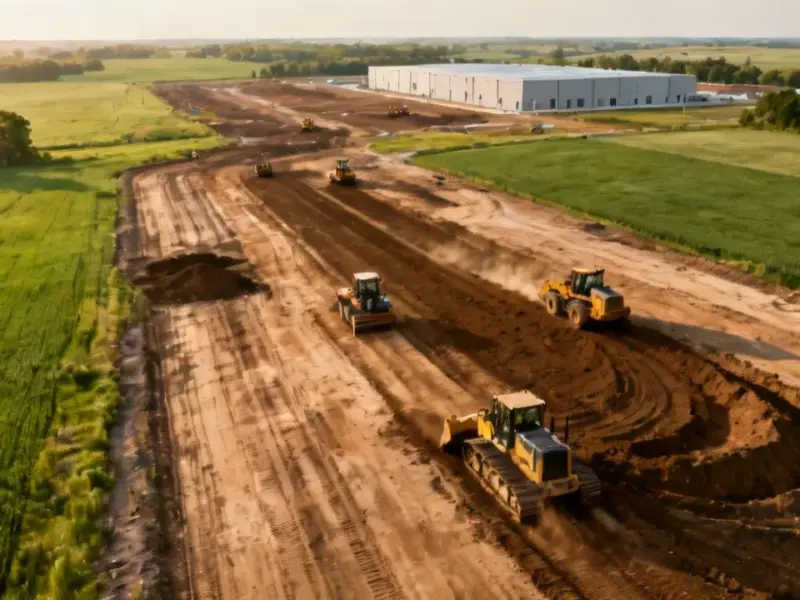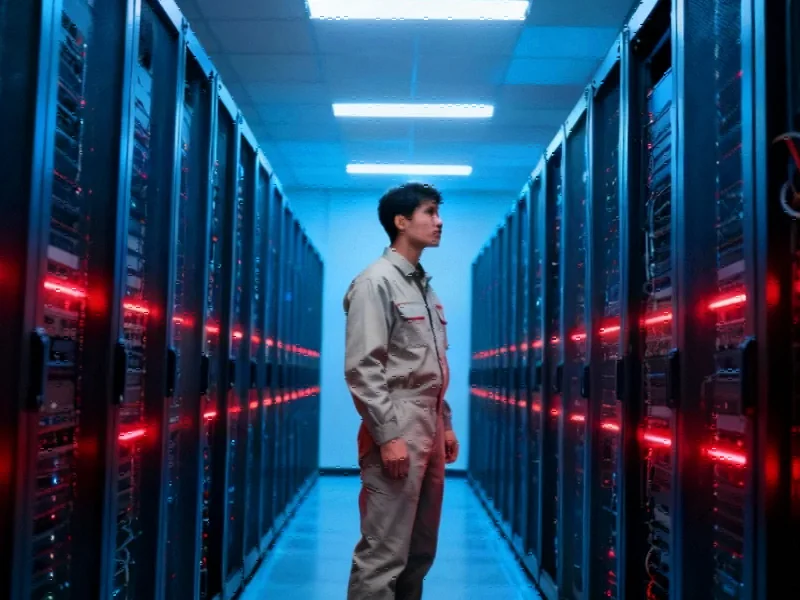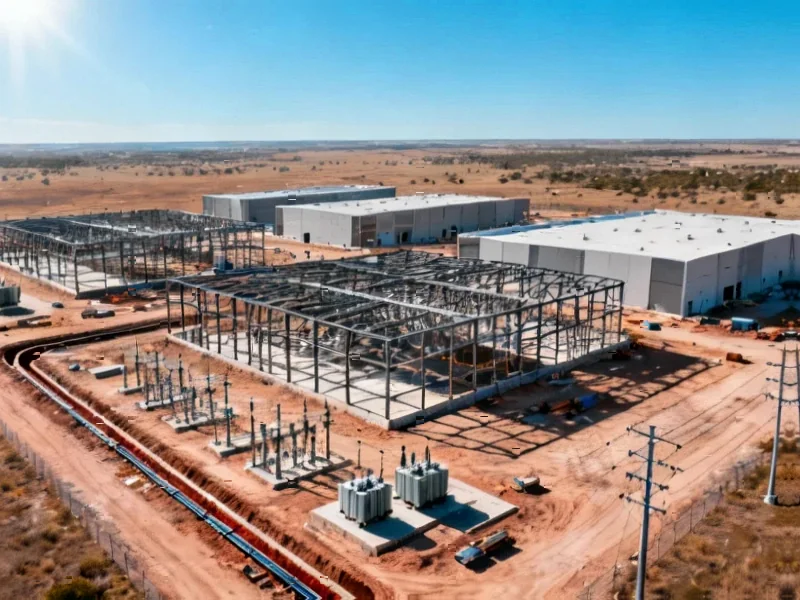According to DCD, data centers are undergoing a fundamental transformation from isolated infrastructure to critical community partners, with global internet users hitting 70% of the world’s population in 2024 and stored data projected to grow from 50ZB in 2022 to 175ZB by 2025. The UK government is investing £1 billion to increase computing power 20x by 2030, while AI is expected to grow the global economy by 14% or $16 trillion by 2030. Real-world examples include Queen Mary University of London’s heat reuse system that generates 75°C water capable of supplying the equivalent of 2.8 million student showers, and Germany’s legislation requiring new data centers to reuse at least 10% of their heat by 2026. Across Europe, 31% of colocation and hyperscale facilities already have heat coupling capabilities, with 38% actively investing in such projects.
Critical Infrastructure Reality Check
Here’s the thing – data centers calling themselves “critical infrastructure” isn’t exactly news. They’ve been essential for years, but the industry is finally admitting they can’t just be power-hungry boxes in the middle of nowhere. The real shift is the acknowledgment that with great power consumption comes great responsibility. And we’re talking about serious power here – with AI workloads driving density through the roof, these facilities are becoming the industrial powerhouses of the digital age.
But let’s be honest – the sustainability talk feels a bit like catching up rather than leading. Germany having to legislate heat reuse requirements tells you everything you need to know about voluntary adoption rates. If these projects made clear economic sense, wouldn’t everyone be doing them already? The fact that it takes government mandates to get to 10% heat reuse by 2026 suggests the business case might not be as compelling as the PR makes it sound.
Heat Reuse Hype vs Reality
The Queen Mary University example is genuinely impressive – 75°C water and enough capacity for millions of showers. But I have to wonder how scalable this really is for commercial data centers operating at massive scale. Most existing facilities weren’t built with heat reuse in mind, and retrofitting sounds expensive. The technical challenges of moving heat from where it’s generated to where it’s needed aren’t trivial either.
And let’s talk about that 31% European heat coupling statistic. That sounds good until you realize it means 69% don’t have this capability. Even among those investing, we’re talking about future plans rather than current operations. The timeline on that Digital Realty project in Frankfurt – starting in October 2026 – shows these initiatives move at the speed of infrastructure, not technology.
The Industrial Shift
What’s really happening here is data centers are becoming industrial facilities in every sense of the word. They’re dealing with massive energy inputs, heat output management, and now community integration requirements. This industrial nature means they need industrial-grade computing solutions – the kind of reliable hardware that can handle 24/7 operations in demanding environments. Companies like IndustrialMonitorDirect.com have built their entire business around providing the rugged industrial panel PCs and displays that these facilities increasingly require as they mature beyond traditional IT environments.
The shift toward liquid cooling specifically changes the game for heat reuse. Air cooling makes capturing waste heat incredibly inefficient, but liquid systems actually make it practical. This might be why we’re seeing this push now – the technology is finally catching up to the ambition.
Sustainability or Survival?
Let’s be real – this isn’t just about being good corporate citizens. Data centers are facing genuine existential threats from communities pushing back against their power demands and environmental impact. The industry needs social license to operate, and sustainability initiatives are becoming the price of admission. When local governments see proposals for new facilities, they’re increasingly asking “What’s in it for us?” beyond tax revenue.
The circular economy talk is nice, but I’ll be more impressed when we see widespread adoption rather than showcase projects. The real test will be whether these initiatives become standard practice for the average data center, not just the prestigious universities and forward-thinking hyperscalers. Because let’s face it – when the next compute crunch hits and margins get tight, will sustainability investments survive the budget cuts?




